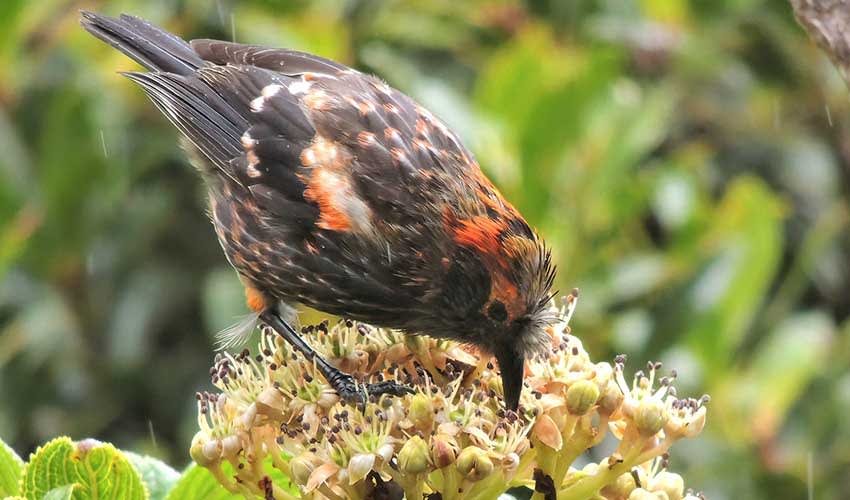Fringillidae – True finches
Some have thick, strong beaks for cracking tough seeds, while others have smaller, more delicate beaks for eating tiny seeds
A diverse and widely distributed group of birds that play a significant role in the ecosystems they inhabit. This family encompasses a variety of species, including not only the true finches but also grosbeaks, siskins, and canaries, among others. These birds are primarily found across the globe, from the Arctic to the tropics, showcasing their incredible adaptability to various environments.
Characteristically, finches are small to medium-sized birds, noted for their stout, conical beaks which are perfectly adapted for their seed-based diet. This distinctive beak shape is crucial as it allows them to crack open seeds, which constitutes the main part of their nutrition. However, their diet can be quite varied depending on the species and the availability of food resources, including insects and fruits, especially during the breeding season when they require additional nutrients.
The plumage of finches varies widely among species and is often a key factor in attracting mates during the breeding season. For example, the bright yellow of the Goldfinch or the vibrant red of the male Northern cardinal are iconic. These vivid colors can vary significantly between males and females, with males typically exhibiting brighter colors to attract females and deter rivals. This sexual dimorphism is common within the family and is especially pronounced during the breeding season.
Finches build intricate nests, which are often cup-shaped and made from plant fibers, twigs, and grasses, lined with softer materials like feathers. The female usually lays between two and six eggs, which she incubates while being fed by the male. The chicks are typically altricial, meaning they hatch in a helpless state and require significant parental care for survival and growth.
Genera in this family
They learn their songs — and they improvise
Many of them have yellow feathers, which is why some people call them goldfinches
One of the most charismatic and irreplaceable birds in the Hawaiian Islands




